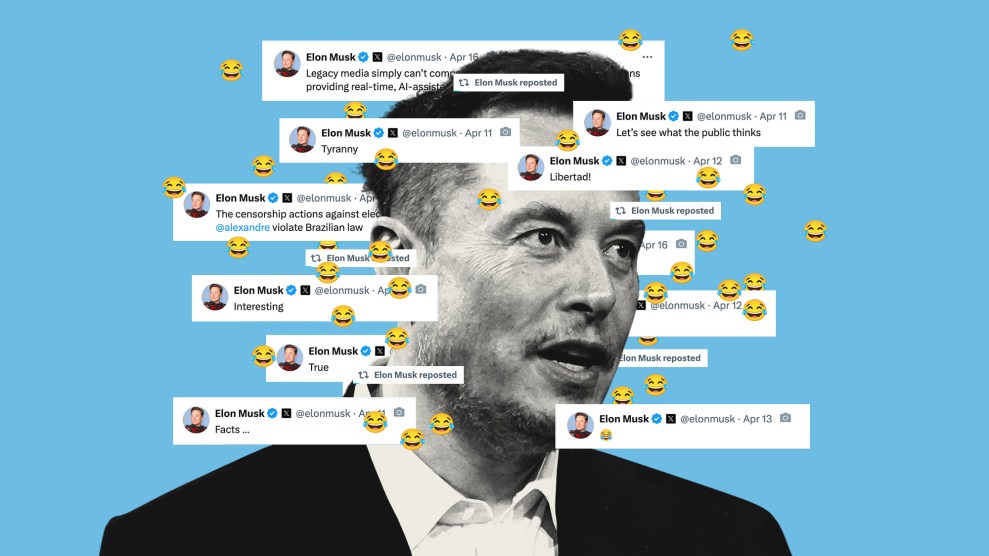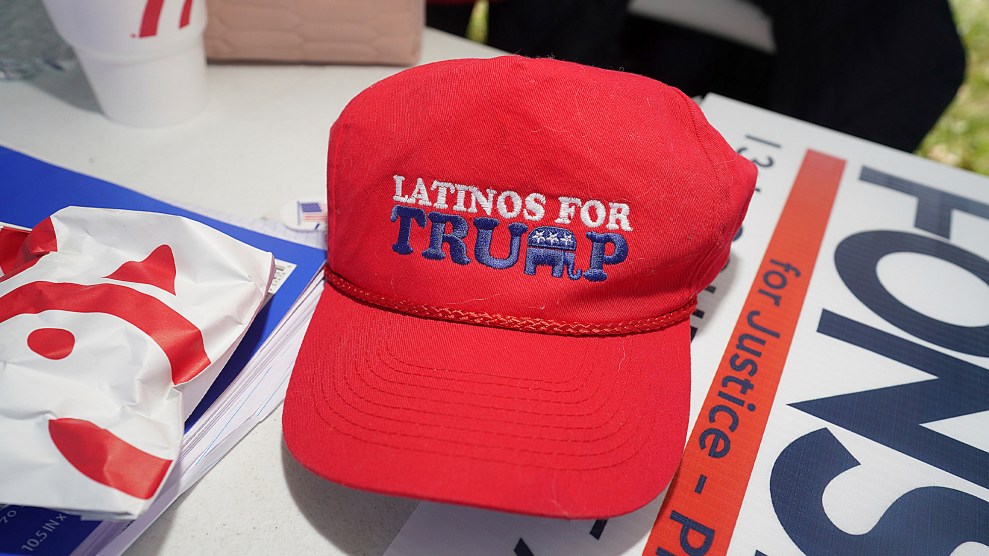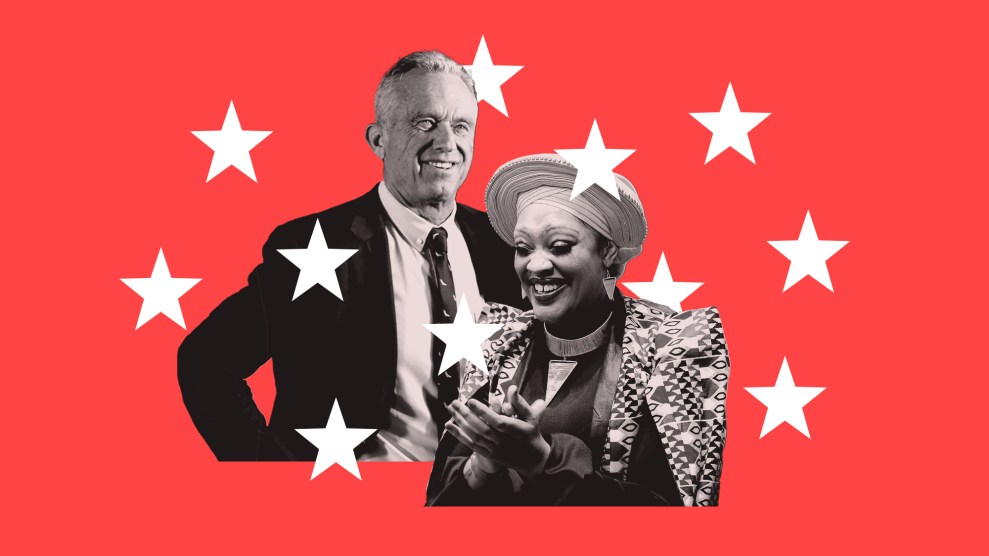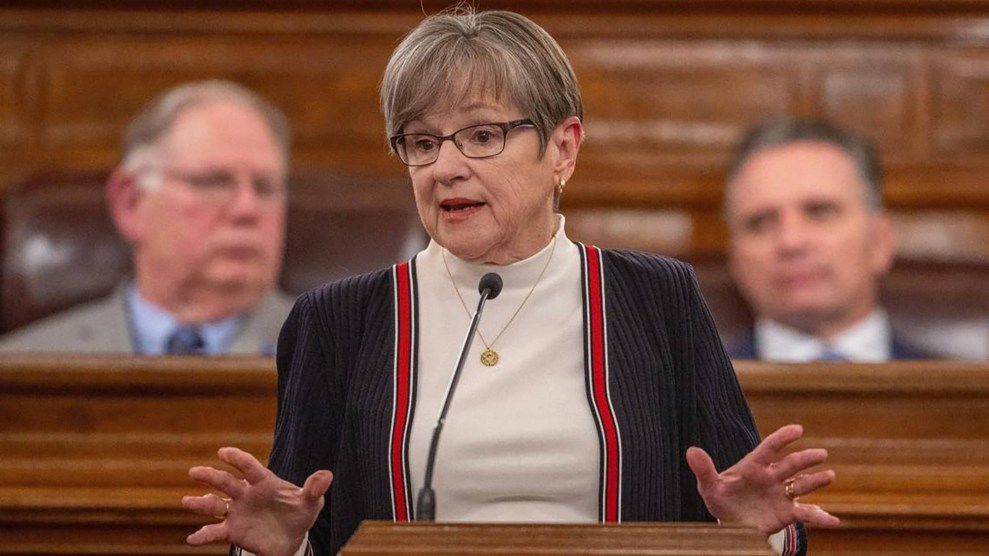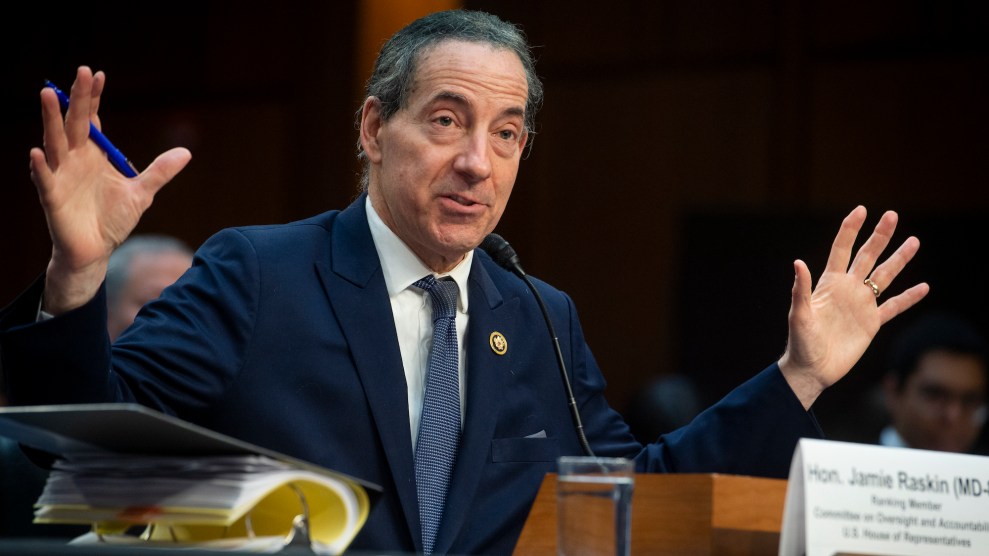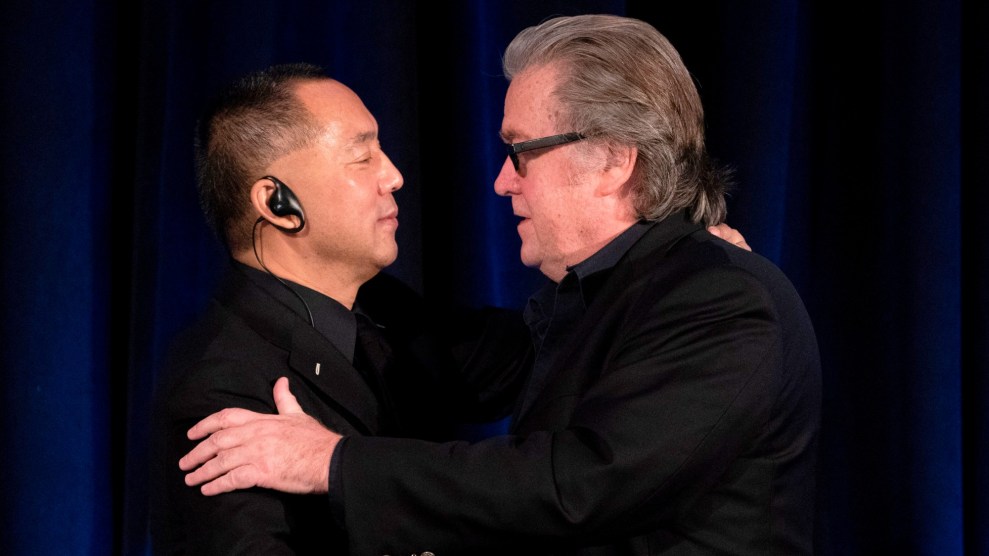COMMERCIAL PAPER….Banks, finance companies, and large corporations routinely finance their ongoing operations by issuing short-term debt known as commercial paper. It’s denominated in large amounts (typically a million dollars or more), it’s unsecured, it’s low cost, it matures quickly (typically in 30 days or so), and it can be issued easily because it doesn’t have to be registered with the SEC. Without access to commercial paper, large modern corporations would seize up and die.
Which, unfortunately, is what’s happening right now. The commercial paper market is essentially frozen, and as notes mature and need to be rolled over, companies are finding it impossible to get routine financing. (This is how “Wall Street problems” turn into “Main Street problems.”) So today, the Fed announced plans to step in:
As pressure built in the credit markets and stocks spiraled lower around the world on Monday, the Federal Reserve was considering a radical new plan to jump-start the engine of the financial system.
….The Fed plan is intended to renew the flow of credit on which the economy depends. Under its plan, the central bank would buy unsecured commercial paper, essentially short-term i.o.u.’s issued by banks, businesses and municipalities.
And there’s more:
On Monday, the Fed announced that it would once again redouble one of its key emergency lending programs, increasing the size of its Term Auction Facility to $600 billion, from $300 billion. On top of that, the central bank plans to provide an additional $300 billion to banks to meet their end-of-the-year cash needs.
To pay for its burgeoning responsibilities, the Fed has no choice but to keep printing more money. To prevent that flood of new money from reducing the central bank’s overnight interest rate to zero, the Fed also announced on Monday that it would start paying interest on the excess reserves that banks keep on deposit at the Fed.
Paying interest on reserves allows the central bank to set a floor on interest rates and retain at least some control over monetary policy. In its announcement on Monday, the Fed said it would pay an interest rate of 1.25 percent — three-quarters of a point below its target of 2 percent for the overnight Federal funds rate.
That’s a lot of activity for one day, no? Normally, I’d say that stepping into the commercial paper market is a pretty stunning move for the Fed, which is decidedly not in the business of financing corporate operations. But after the events of the past year it seems almost anticlimactic. Before long you’ll be getting your auto loans directly from the Fed.
Just to put this in perspective, though, it might actually be a bigger deal than the bailout bill we just spent the past two weeks going berserk over. But it will happen with hardly a peep regardless. I don’t think anybody’s in the mood to peep right now.
And one other note: remember that $7 billion that California governor Arnold Schwarzenegger wanted to borrow from the Fed because the credit markets were frozen? That was for the purchase of Revenue Anticipation Notes, which are routinely used to finance ongoing operations while the state is waiting for tax revenue to arrive in the spring. Unless I’m wrong (and I might be), this is basically a form of commercial paper, which means that California might get its wish. Instead of issuing the RANs privately and paying high rates (if there are any buyers at all), California may be able to make use of the new Fed facility instead. Frankly, I’m not sure we deserve it, but who said life was fair?






